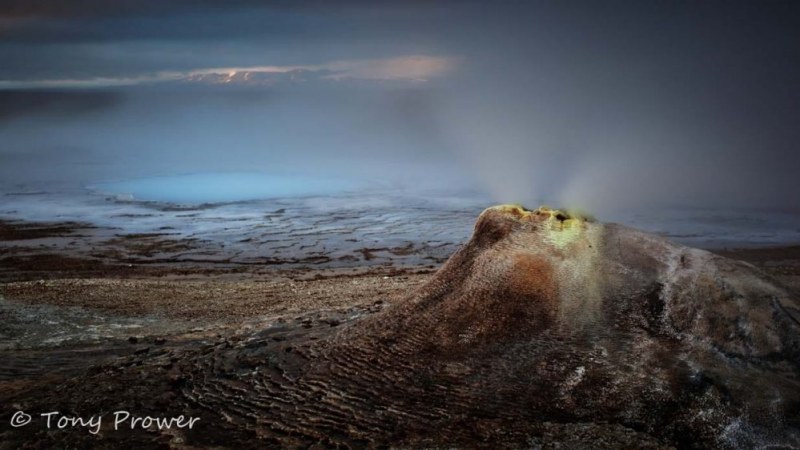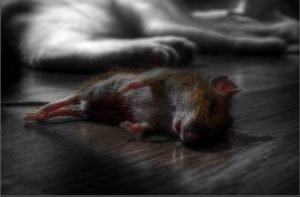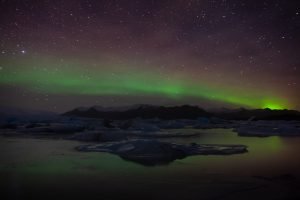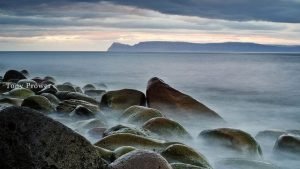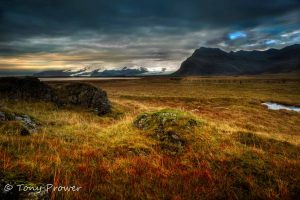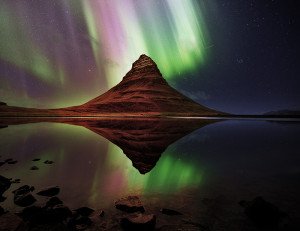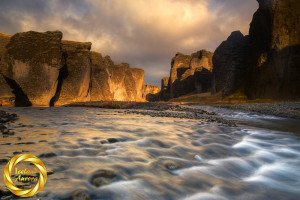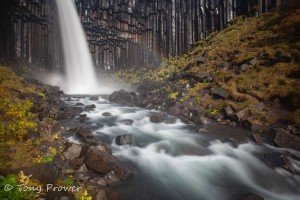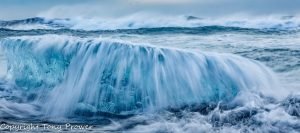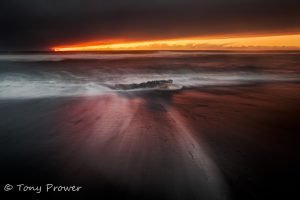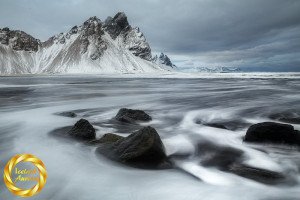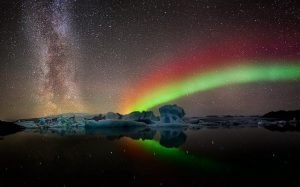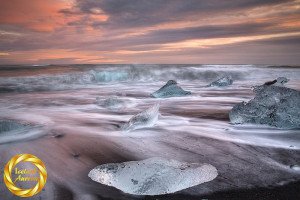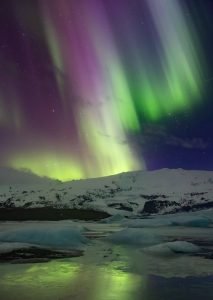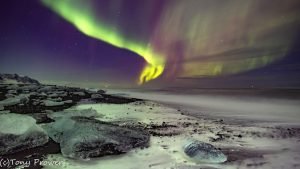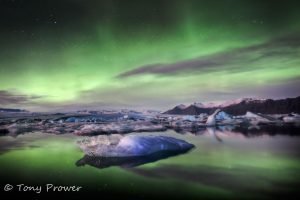Our brains have many parts, but most of us are familiar with the the walnut shaped outer part. This part is called the Neo-Cortex (New Cortex) and is thought to be responsible for some of our more sophisticated skills such as ‘language’ and ‘music’. Just like a walnut, the cortex can be divided, revealing quite different functions in each half. This post looks at how we might make the most of left and right brain hemispheres for different styles of photography and how the two sides of our brains interact when it comes to feeling a shot and getting the settings correct. I am not taking sides, because my left hemisphere is providing the words which enable me to share my ideas, as long as the words have a similar meaning in your head. If, like me, you have learned some of your photography through words, via google searches, reading blogs, tutorials, books etc. Think about this information, it will be rich in names and numbers. It will contain figures such as aperture/exposure charts, hyper-focal distance graphs, long exposure conversions, mega-pixel – dpi, iso – Exposure compensation, 3rds, How the hell do I turn on the 2 second self timer on a basic Nikon?
Now think about everything you have learnt about photography from looking at other people’s photographs. Can you feel the difference? It can’t really be expressed in words and numbers. If the photograph has done its job, it would have totally engulfed your right hemisphere. It might be for a split second, it might be for several seconds, but what you love about that shot cannot and should not be put into words.
The left Hemisphere is known for the following functions:
- Grammar
- Vocabulary
- Meaning
- Mathematics
- Routine behaviours, such as cleaning, eating
The right hemisphere is more connected to the whole system in terms of;
- visual and spatial awareness (knowing where you are)
- being self aware
- arousal states
- self protection
- survival in novel situations
- spontaneity
- melody
Maybe it is the self awareness, arousal and spontaneity which leads us to be believe that the right brain is more involved in art. It is a bold statement because “writing”, lyrics, poems etc involves a lot of language functions, maybe these art forms are a good demonstration of both the interactivity of the 2 hemispheres and the dangers of generalising brain areas for arts sake. A famous experiment was with a strong elecro-magnetic device (transcranial magnetic stimulation) which is strong enough to disable brain areas if it is waved over the subject’s head. In one demonstration a reporter was asked to speak and sing a well known song, “Humpty Dumpty”. As he spoke the psycho waved his wand over his language hemisphere and the speaking stopped, he was able to sing it, just not speak it. Read more here.
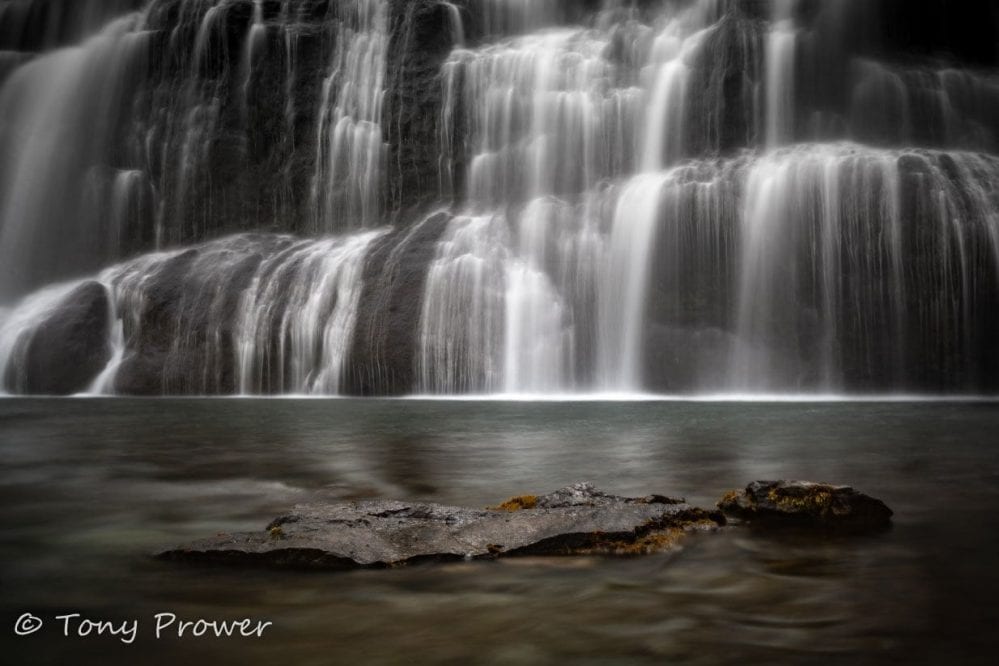
Artists and depressives are know to have high right brain activity. Let’s look at how we can encourage right brain use in our photography…
Practice. It is as simple as practising the spoken about things, such as setting the correct aperture, focus, composition checks and mathematical considerations until they become routine. Each time you go through the routine, you will allow your right brain the space to feel the scene and get creative.
Don’t just configure yourself for auto-pilot, make the most of your camera’s semi-automatic modes… AV (Aperture Value) and TV (Time Value). Choose the best mode for the situation, for hand held street photography, choose a fast shutter in TV mode, or a f/2.8 with auto iso. Let your spontaneity be behind your images, rather than letting mathematical questions interrupt your creativity. For landscape work become well practiced setting up your tripod. I can tell how experienced a photographer is before they have taken a shot. We have all been there fumbling with legs everywhere. Get that beast under control so you can set up without interrupting your creativity. Using AV mode and a nice landscape aperture (f/14) will let you focus on your composition. If you are using the semi-automatic modes AV and TV, the only thing you have to think about is “Exposure compensation”. Take some time to be left brained about using your exposure compensation until it becomes routine. The same with focus, use auto-focus with the correct settings for a while to let you feel your compositions. Spend a left brained day to learn different focusing techniques and theories. Practice them until they become routine.
Become aware. When you arrive at a new location or scene, the novelty of the situation will often put you into a right brain state. You are literally in the here and now and fully appreciating those scenes and there is a brief moment where you mind is purely in this state before… interrupted by some thought from the left side, this might be an utterance, “wow”, or “Beautiful”. What I want you to practice is noticing the moment before the left brain interruption. It might be a few seconds or just a nano second, but that is what you have the power to induce in others… if you practice with your camera, tripod and lens.
It’s as simple as that!
